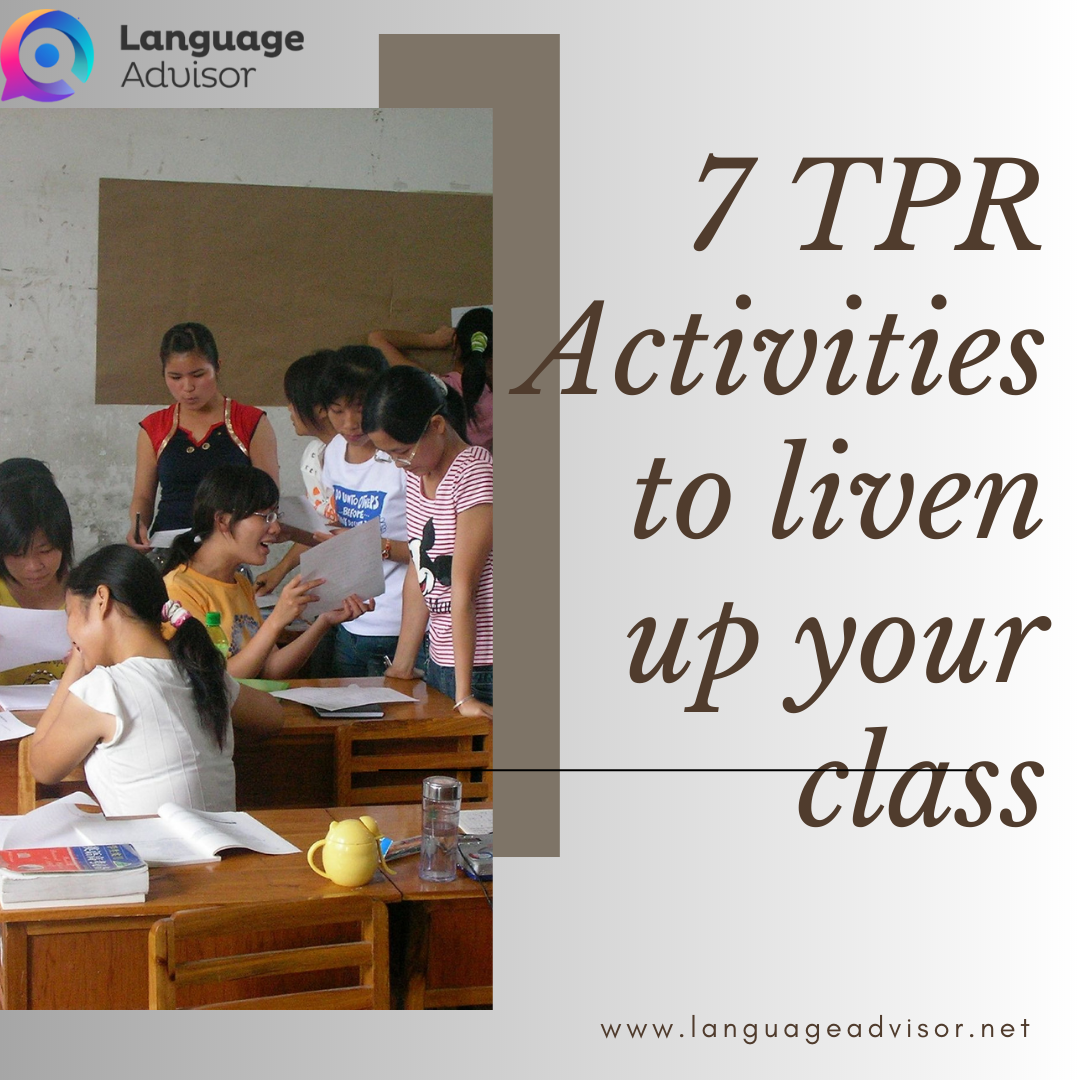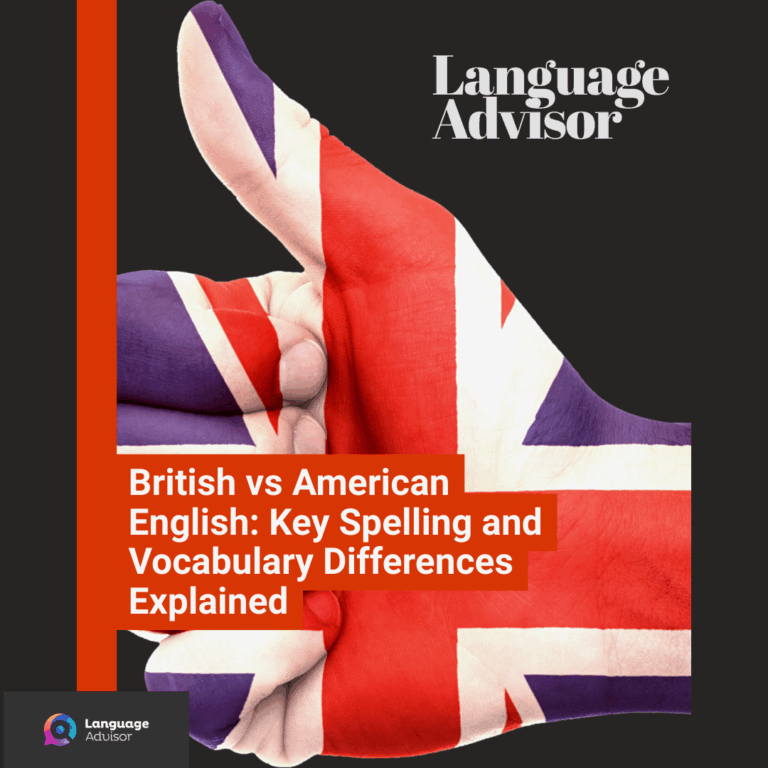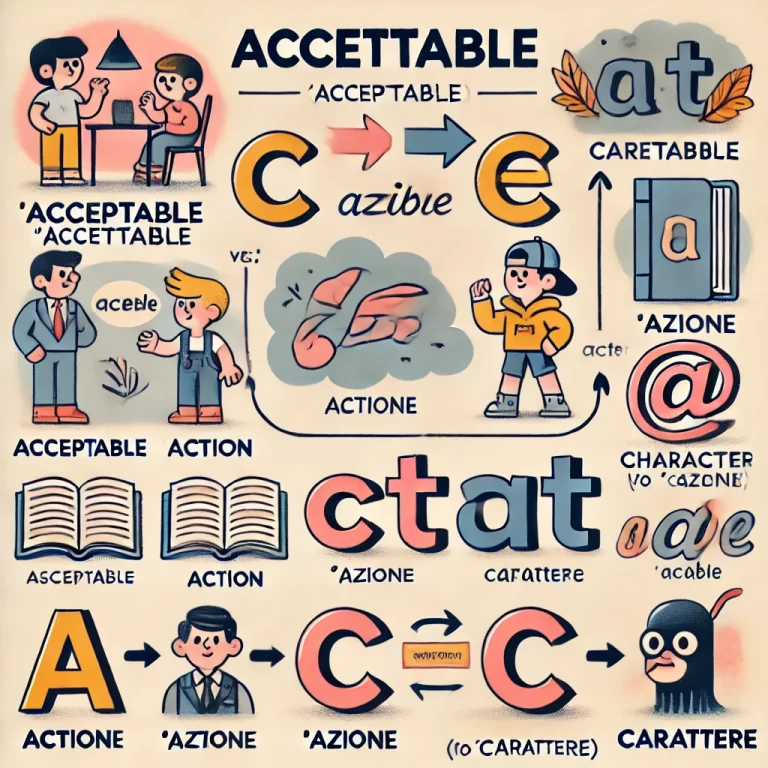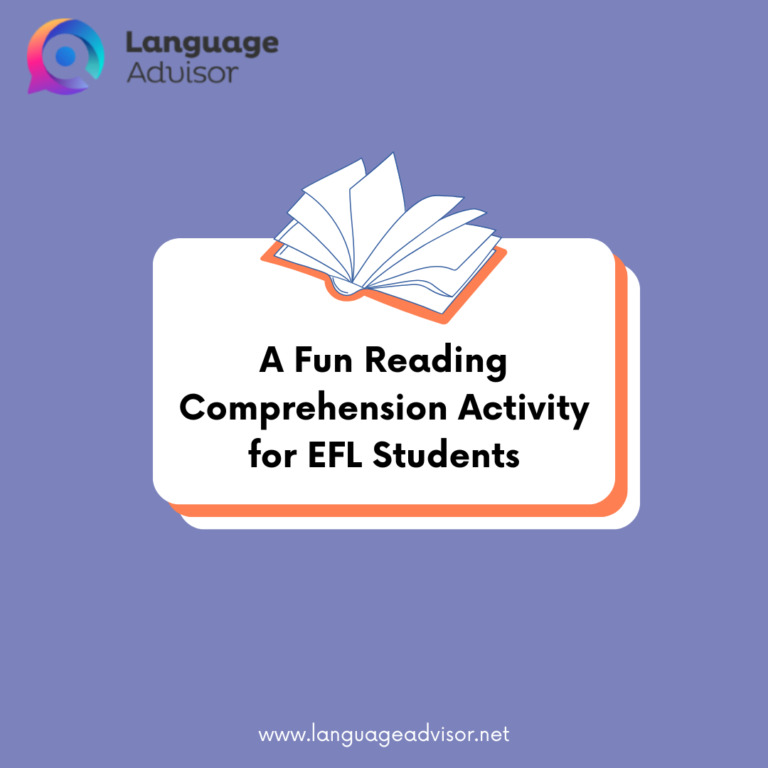7 TPR Activities to liven up your class. Total Physical Response games to learn English ESL through physical movement and responses.
7 TPR Activities to liven up your class

7 TPR Activities to liven up your class
7 TPR Activities to liven up your class with the use of commands and physical actions to help learners associate meaning with words or phrases.
What is Total Physical Response (TPR)?
Total Physical Response (TPR) is an instructional method designed to facilitate language learning through physical movement and actions. The method was developed by Dr. James Asher, an American professor of psychology, in the 1960s.
The fundamental concept behind TPR is that language learning can be enhanced by engaging the body in the learning process. It is based on the understanding that the brain is naturally wired to associate physical actions with meaning. By incorporating physical movement and responses into language instruction, TPR aims to create a more interactive and immersive learning experience.
In a TPR lesson, the teacher gives commands in the target language, and the learners respond by carrying out the corresponding actions. For example, the teacher might say, “Stand up,” and the students stand up; or “Touch your nose,” and the students touch their noses. The focus is on comprehension and response rather than immediate production of language.
TPR is especially effective for beginners and young learners, as it capitalizes on their natural ability to understand and imitate physical actions. It helps build a solid foundation of vocabulary and basic sentence structures while developing listening skills. TPR also reduces the learners’ anxiety by providing a low-pressure environment where they can actively engage without feeling the pressure to produce accurate speech immediately.
As learners progress, TPR can be combined with other teaching methods to introduce more complex language structures and encourage verbal communication. It can be used in various contexts, such as classrooms, language immersion programs, and even online language courses.
Overall, Total Physical Response offers a dynamic and interactive approach to language instruction, tapping into the mind-body connection to enhance language learning and create a memorable and enjoyable learning experience for students.

Here are 7 TPR Activities

10-second objects
Put students into groups of four or five. Shout out an object and students have 10 seconds to make that object with their bodies. For example, if you shout out ‘hamburger’, students must make a human hamburger with two students as the bun, one as the burger patty and maybe a piece of cheese. Some other objects include: car, house, clock, etc.
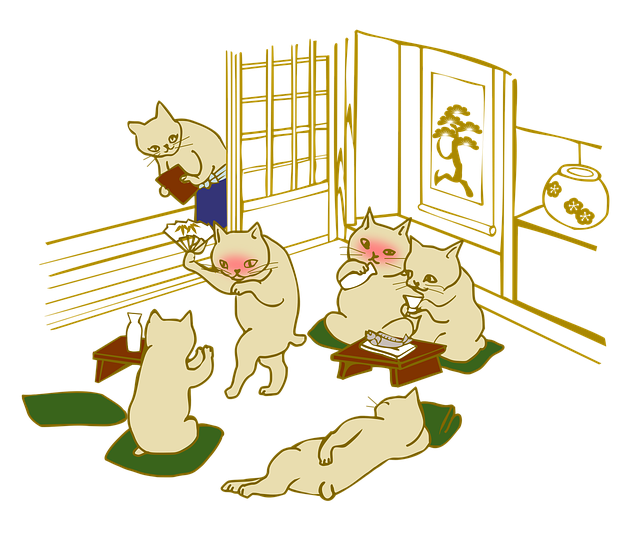
Body dice
Take two big dice to class. Write a different body part on each number. Roll the dice and which ever two body parts land face up are the two everyone has to put together. For example, if you have one = head, two = arm, three = toes, four = hand, five = knees, six = elbows and you roll a four and a five, students must put their hands on their knees. Continue by rolling the dice again and students put new body parts together.

Duck, duck goose
This activity is aimed at low level young learners. Students sit in a circle. One student goes around the circle saying a recently learned vocab word, e.g. ‘duck’ tapping students lightly on the head as they are passed. When the student taps a student on the head saying a different vocab word, e.g. ‘goose’ the student who has been tapped must stand up and chase the other student around the circle. The student saying the vocab words wants to get all the way around the circle and sit in the other student’s spot before he / she is caught. If the student is caught, he / she must sit in the middle of the circle. If the student isn’t caught, he / she can sit in the circle with the rest of the students. The chaser then becomes the tapper.

Human knot
Have students stand in a circle. Everyone puts their hands into the middle of the circle and grabs onto someone else’s hand, making sure that each student grabs two other students’ hands. Then they have to untangle themselves by stepping over or under linked arms until they are all standing in a circle holding hands. Students must tell each other what to do using language such as, ‘Nhi, put your right hand over Minh’s head’, ‘Thao and Cuong, step over our arms’ etc.

Opposites teacher says
This is the same game as above but students must do the opposite of what you ask e.g.
‘teacher says put your hands on your head’ and all the students put their hands on their toes, or ‘teacher says sit down’ and all the students stand up. If you don’t say ‘teacher says’ students shouldn’t do anything at all.

Shark
Draw a circle on the floor big enough for lots of students to stand in. Draw another circle on the floor big enough for 2 – 3 students. Draw one more circle big enough for only one foot to stand in. Divide your class into two teams (this is best done if it is boys vs. girls so you can determine who is on which team). Each team starts with 5 points. Tell the students they are going to the action you say but they cannot touch the ‘islands’ on the floor. When you shout ‘there’s a shark!’ the students must race to fit in the circles. The students left out of the circles lose a point for their team. The team who loses all their points first loses the game. This is great for practicing present continuous or ‘I can’, e.g. ‘we are hopping’ or ‘I can roll on the floor’.

Teacher says (Simon says)
Start by standing in a circle with the students. You say ‘teacher says …’ and give them a direction e.g. ‘…touch your toes’ and bend down to touch your toes All the student then repeat ‘touch your toes’ and they touch their toes. Continue with more directions. If you don’t say ‘teacher says’ the students shouldn’t follow you do the action. Any students that do lose a life for their team. Stop when one team loses all their lives. One student can then take your place as the teacher / Simon.

7 TPR Activities to liven up your class
7 TPR Activities to liven up your class. Also check out these English games and activities


